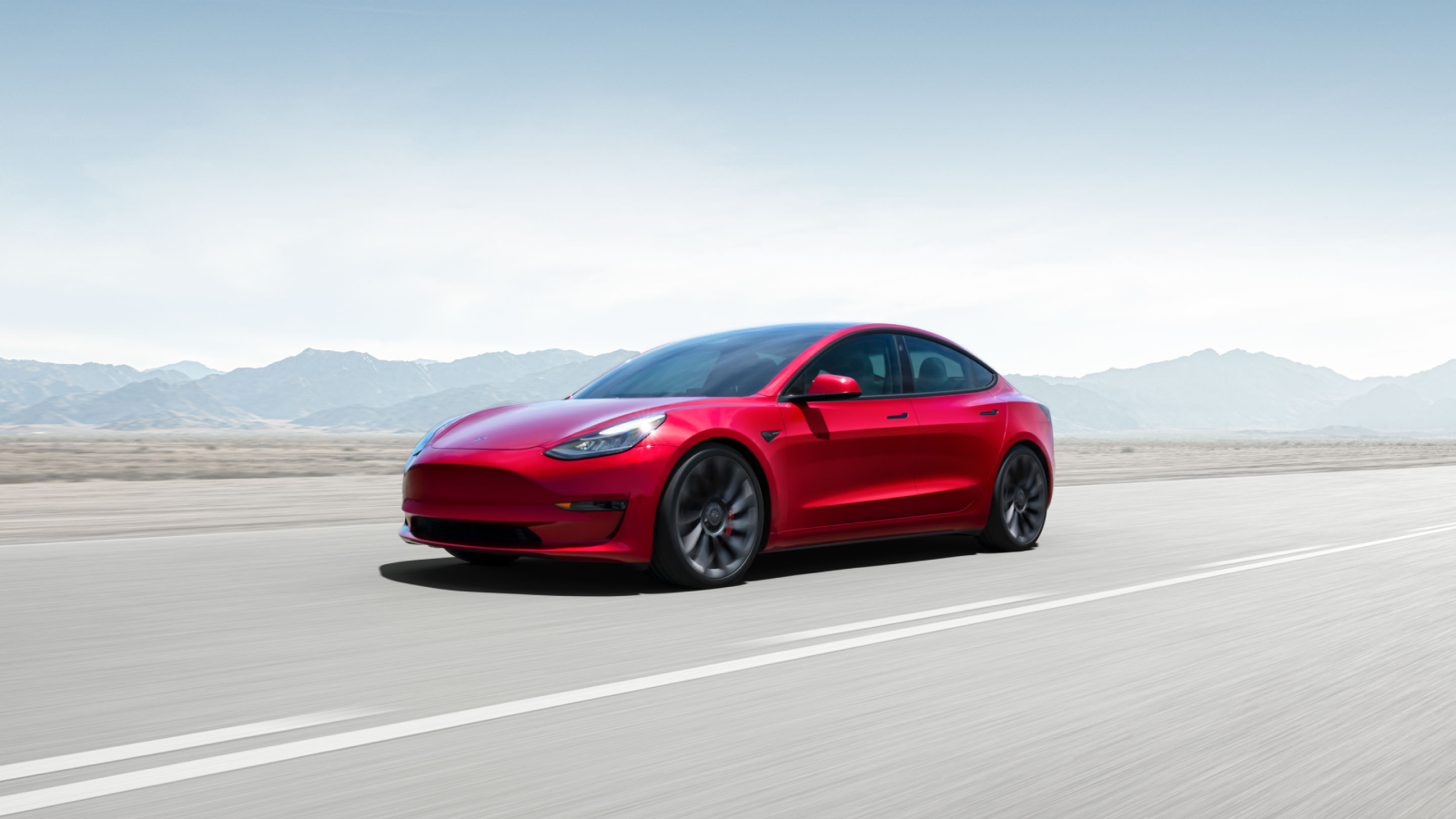Introduction
In this video, Europe’s Nextmove provides a charging test evaluation of the Chinese-made lithium iron phosphate version Tesla (Model 3 Standard Range +) in European winter. Tesla delivered about 15,000 Model 3s in Germany in 2020, with about 70% equipped with 78 kWh batteries, and 30% were small Standard Range + batteries, which accounted for 30% (and rose to 40% in December delivery). Some evaluations were conducted in this video.
Article link: https://nextmove.de/model-3-with-lfp-cells-the-big-nextmove-winter-test/
Note: Various videos and forum posts about the use of the lithium iron phosphate version in Europe are circulating on the Internet. Many car buyers are dissatisfied and feel misled by Tesla. These problems are actually encountered, and the differences between LFP and ternary characteristics are still quite obvious.
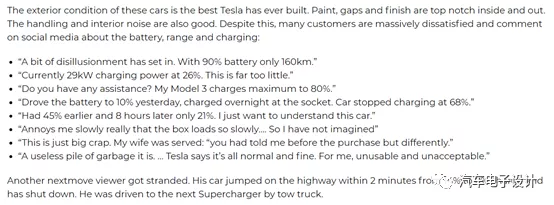
Test Evaluation
1) LFP Model 3 Charging
Nextmove conducted charging tests on the Model S Standard Range+ in December 2020 and January 2021, mainly considering two working conditions:
Condition 1: During the holidays, there is no charging option. The driver quickly arrives at the Super Charging for charging the next morning.
Condition 2: Model 3 drivers do not have their own charging pile, but meet daily charging needs through occasional fast charging.
2) Cold Battery ChargingDuring the test, due to the low external temperature, only about 12 kW of charging power was available, which is less than 10% of the car’s original power. After driving for about 30 minutes, a Tesla Supercharger was set as the navigation destination. The Model 3 actively started the battery heating process and could only charge at about 30 kW. The charging power remained at this level for the following 15 minutes, and the entire charging process may take two hours.
The battery was preheated for more than one hour and the SOC decreased from 98% to 80%. Stefan Moeller then drove 120 kilometers at a speed of 150 kilometers per hour, and the battery was heated throughout the journey. By the time it was reached, the battery was almost exhausted.
The following chart shows the battery heating status during the journey, maintaining at 25 degrees. Under such conditions, the power tested was excellent.
It took only 32 minutes to charge from 6% to 75%, at which point the battery temperature was about 33-34°C, and the maximum initial charging power was 116 kW. It then decreased to around 85 kW, and the SOC was about 7%. The power dropped to 75 kW after 11%, then gradually decreased to 70 kW (with SOC at about 20%).
After the battery was left overnight, the battery temperature dropped from 40°C to 5°C. Therefore, in order to maintain such fast charging capability, intelligent driving heating is used to consume battery energy.
Some tests were also conducted under slow charging conditions.
During the first slow charging test (11 kW), the effective charging data recorded by the car was 43.74 kWh, while the record from the charging station was 52.12 kWh, resulting in a difference of 8.38 kWh or 19.2%.The second charging test (2.3kW) was performed using the Mode 2 charging socket. This time, 45.63 kWh was charged with an external display showing 56.56 kWh consumed, resulting in a loss of 24%. The current was set to 10 A, about 2.3 kW, and the charging process took approximately 24 hours.
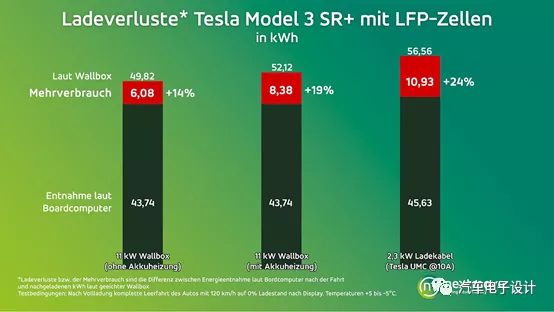
According to the display of the charging station, during the vehicle’s charging process, 11 kW was used for 35 minutes. Before the battery temperature reaches 12 degrees, the power allocation was 7 kW for charging and 4 kW for heating the battery, before using 11 kW to charge the battery, resulting in the battery temperature rising to around 27 degrees.
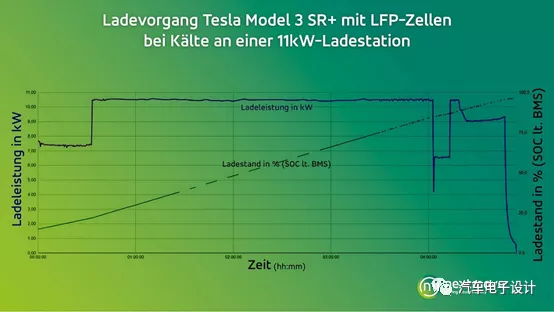
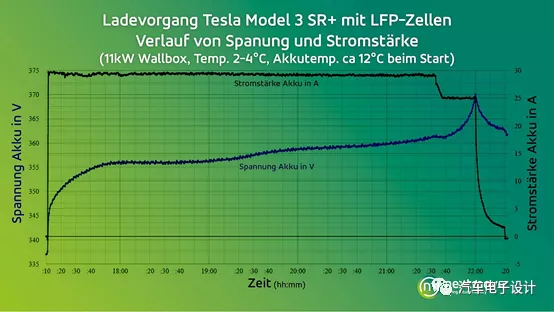
Conclusion
You can watch this complete video to see the charging characteristics during winter.
This article is a translation by ChatGPT of a Chinese report from 42HOW. If you have any questions about it, please email bd@42how.com.
